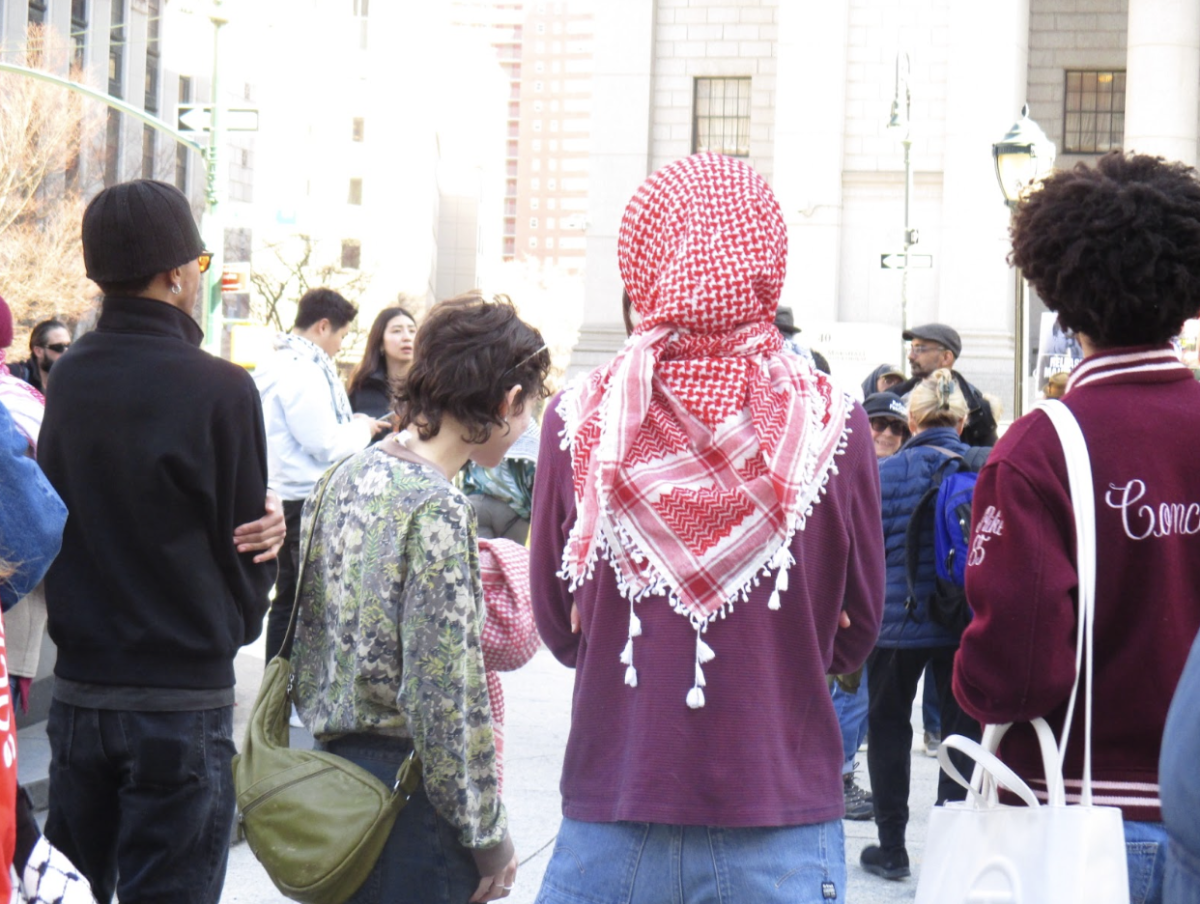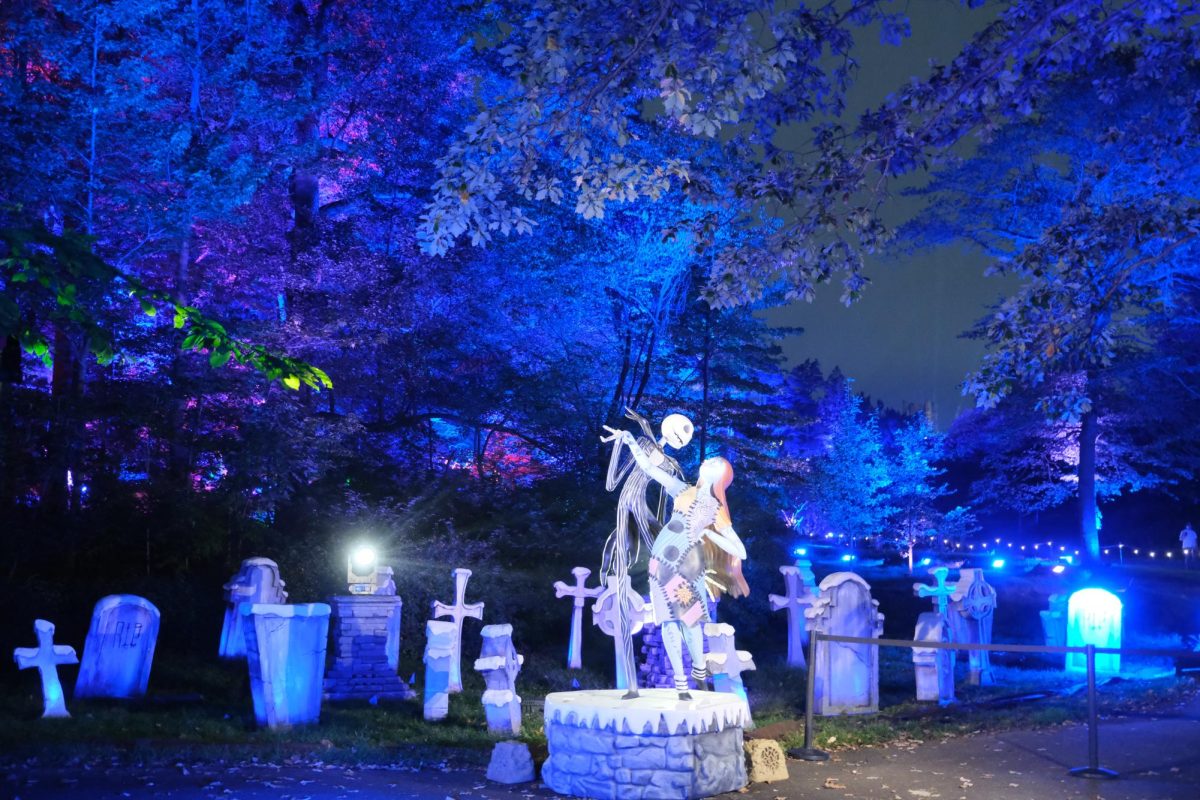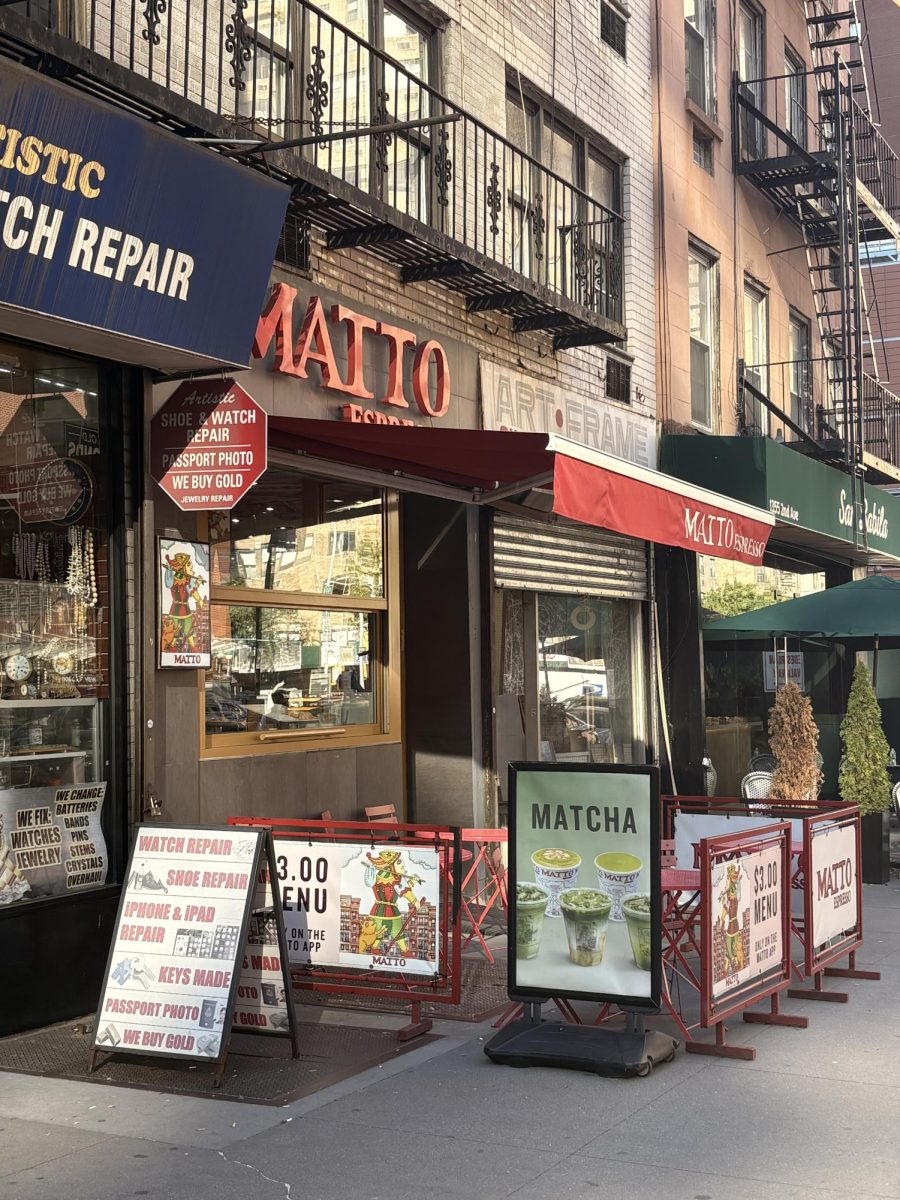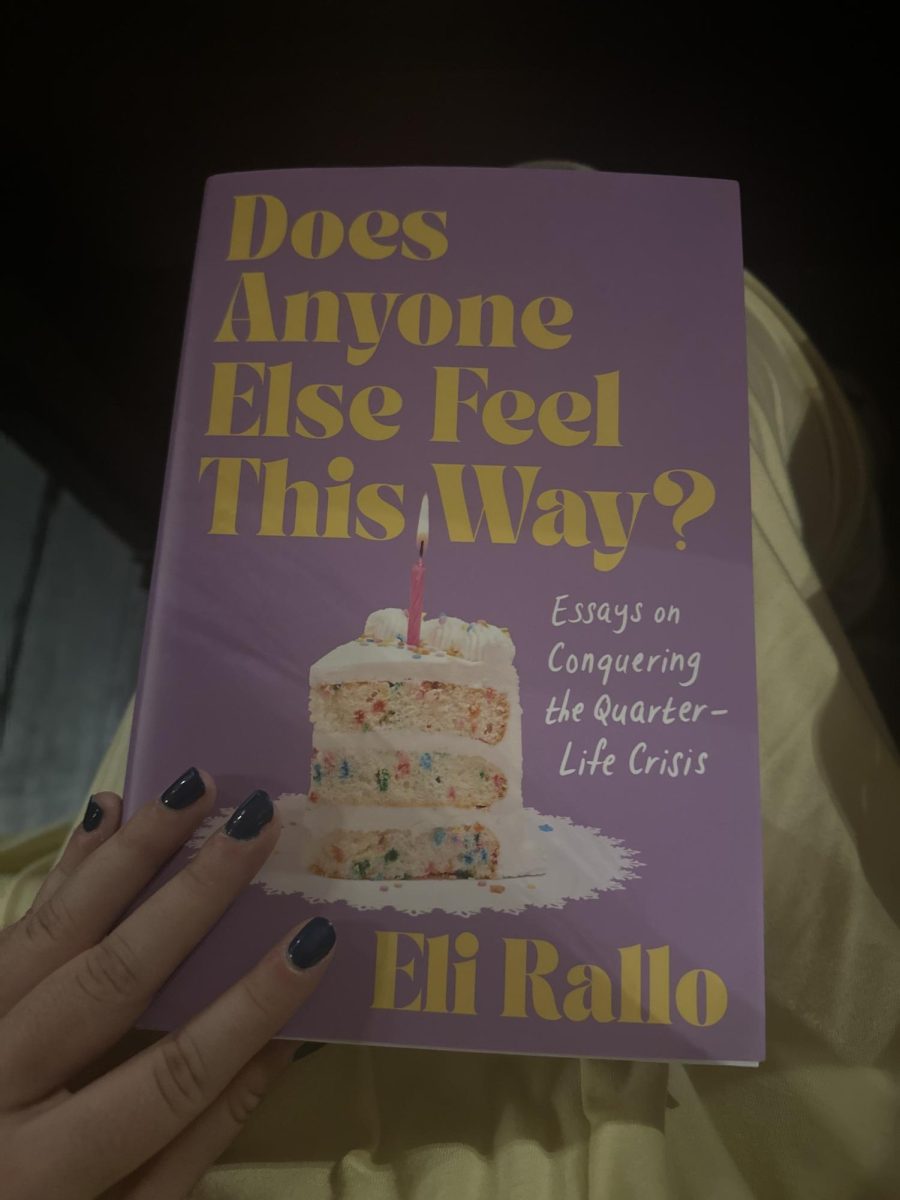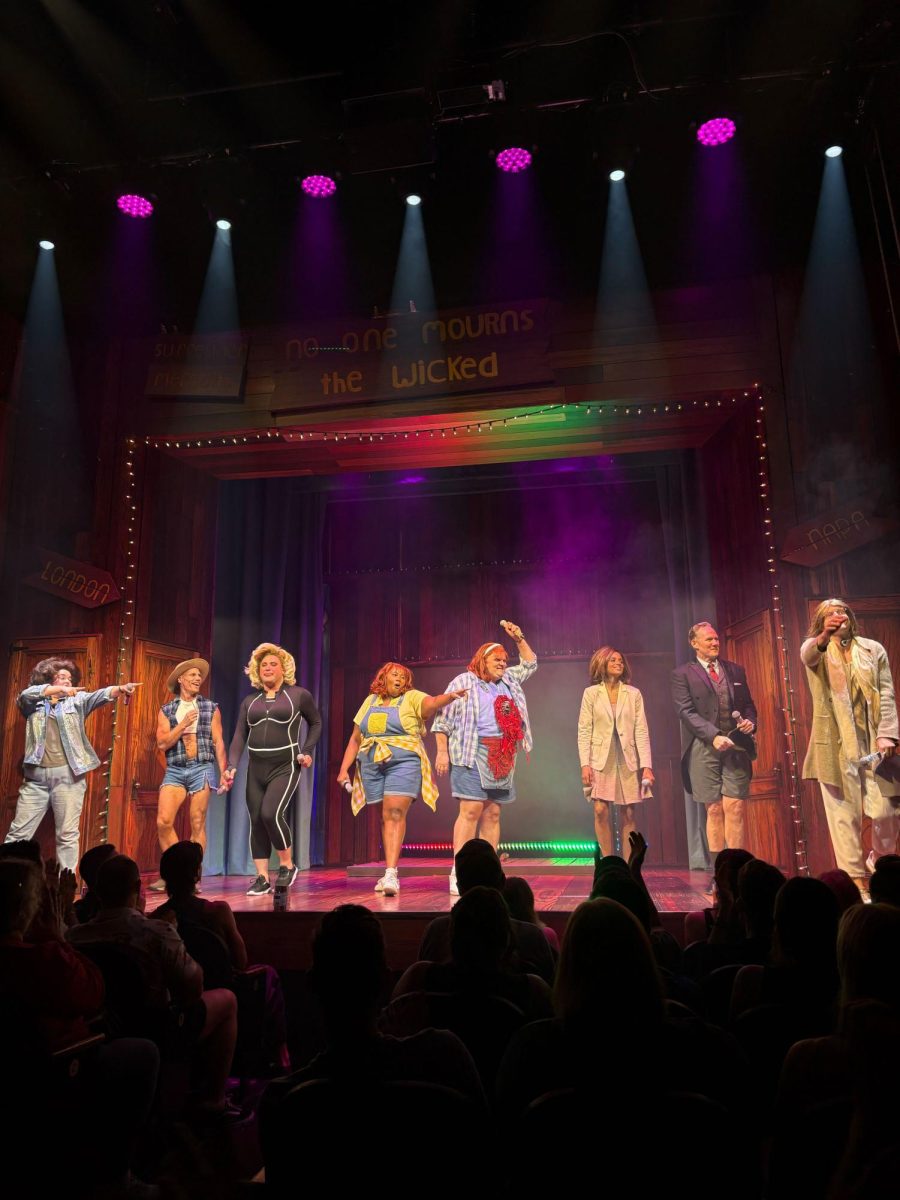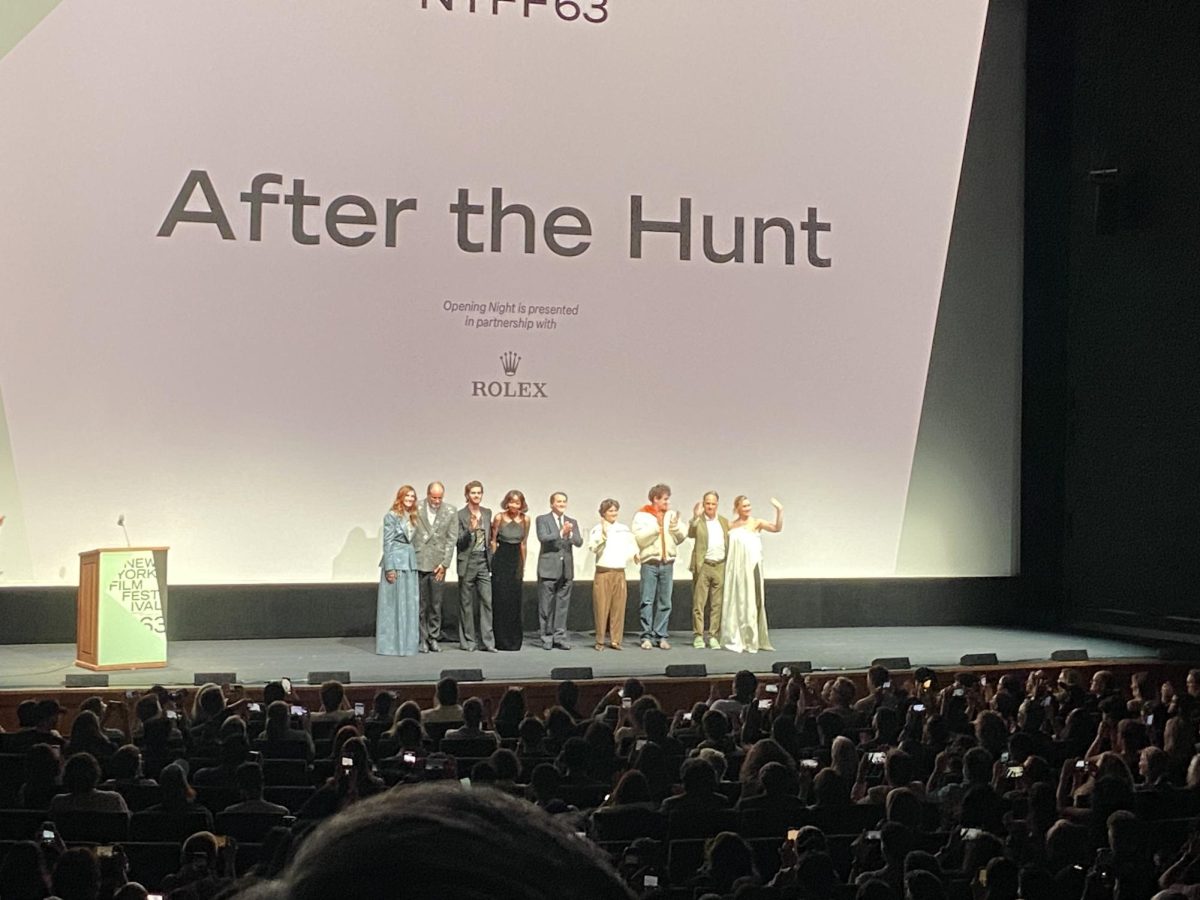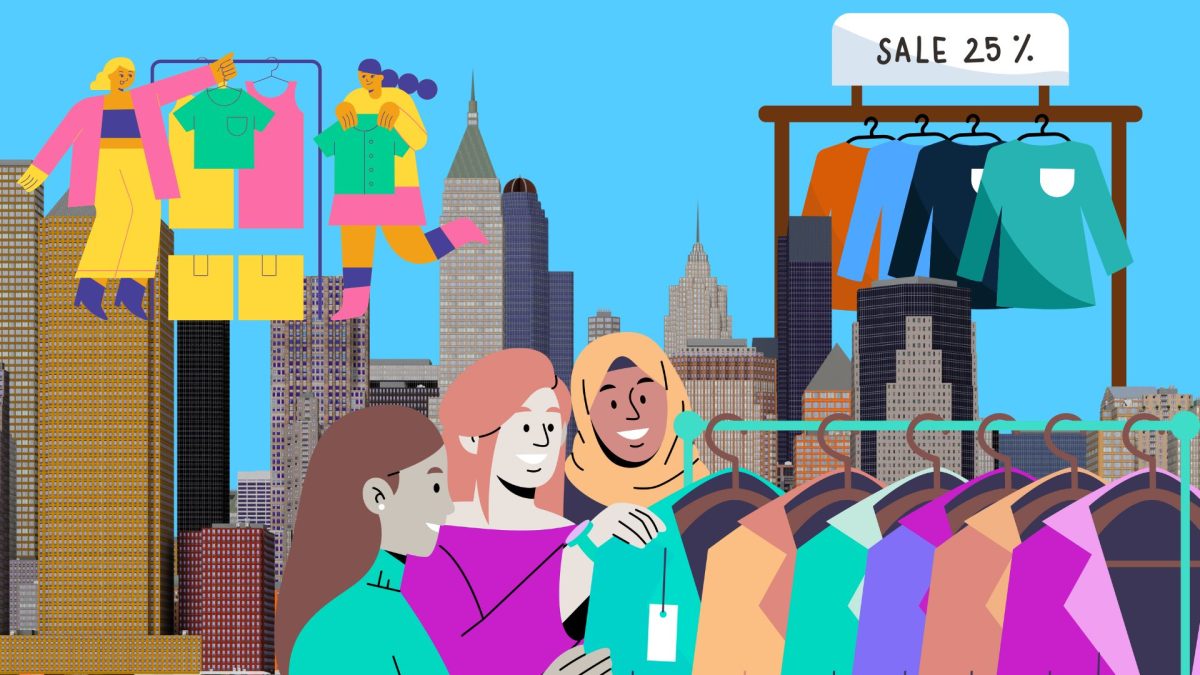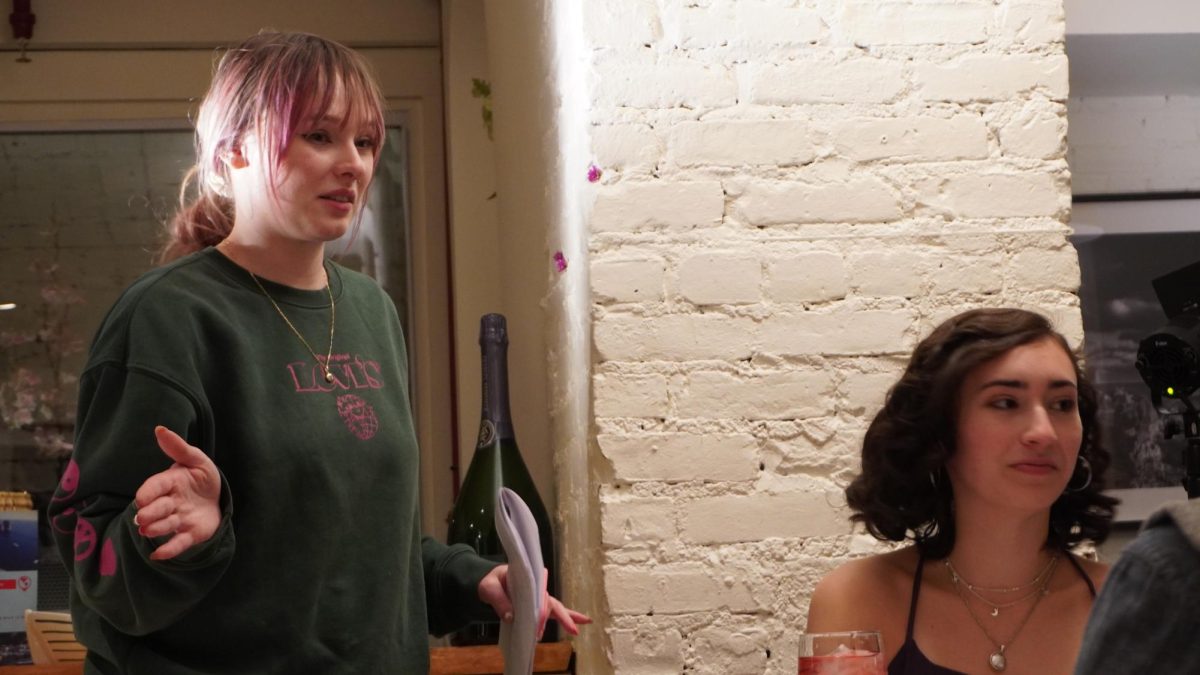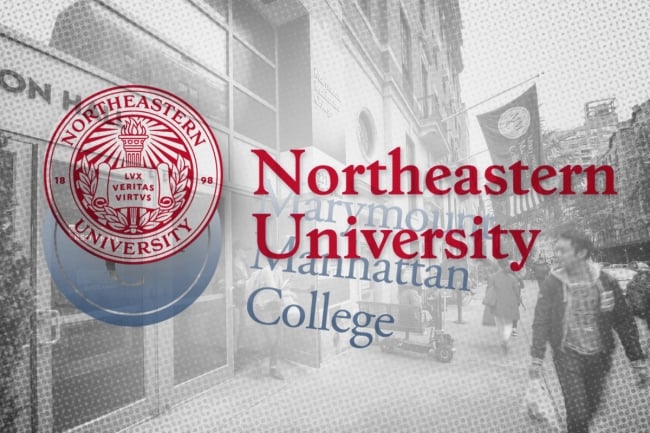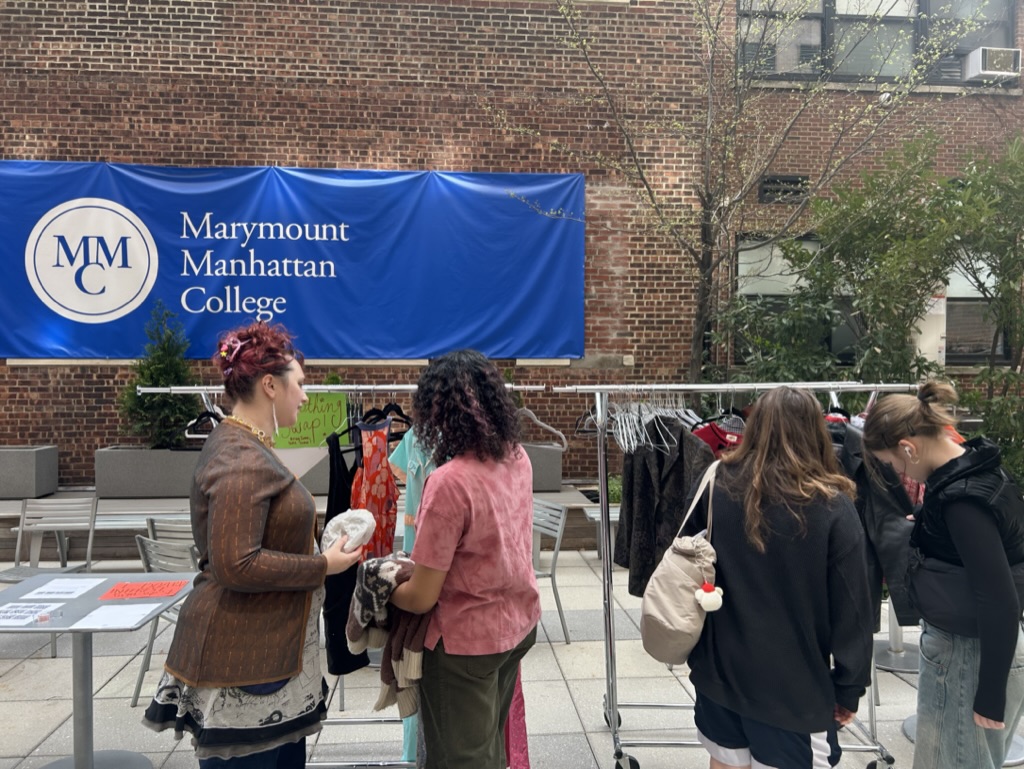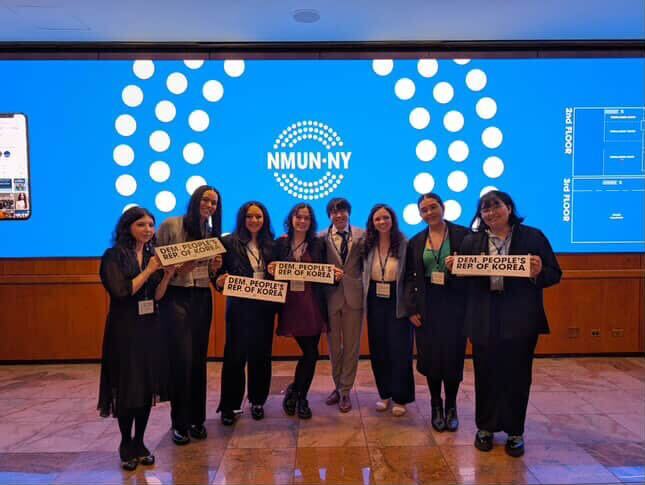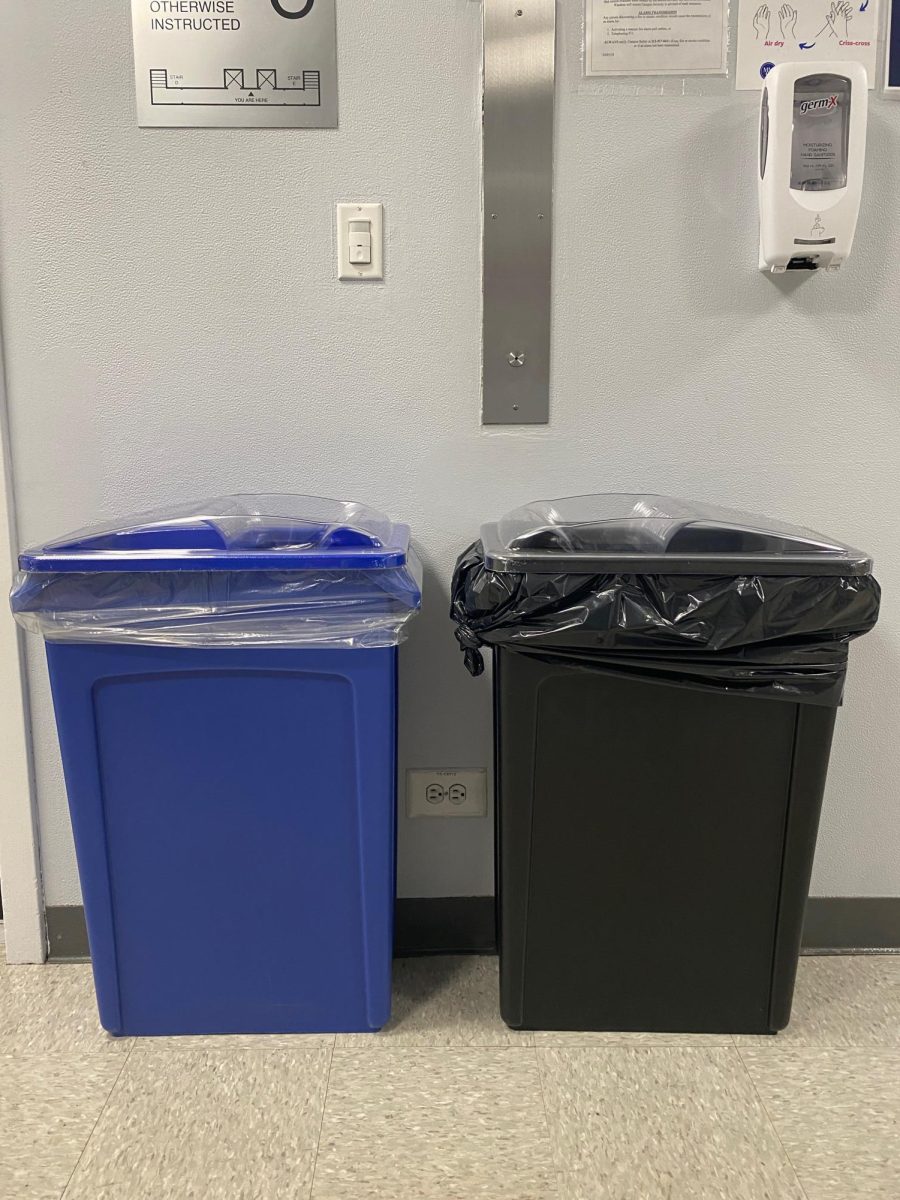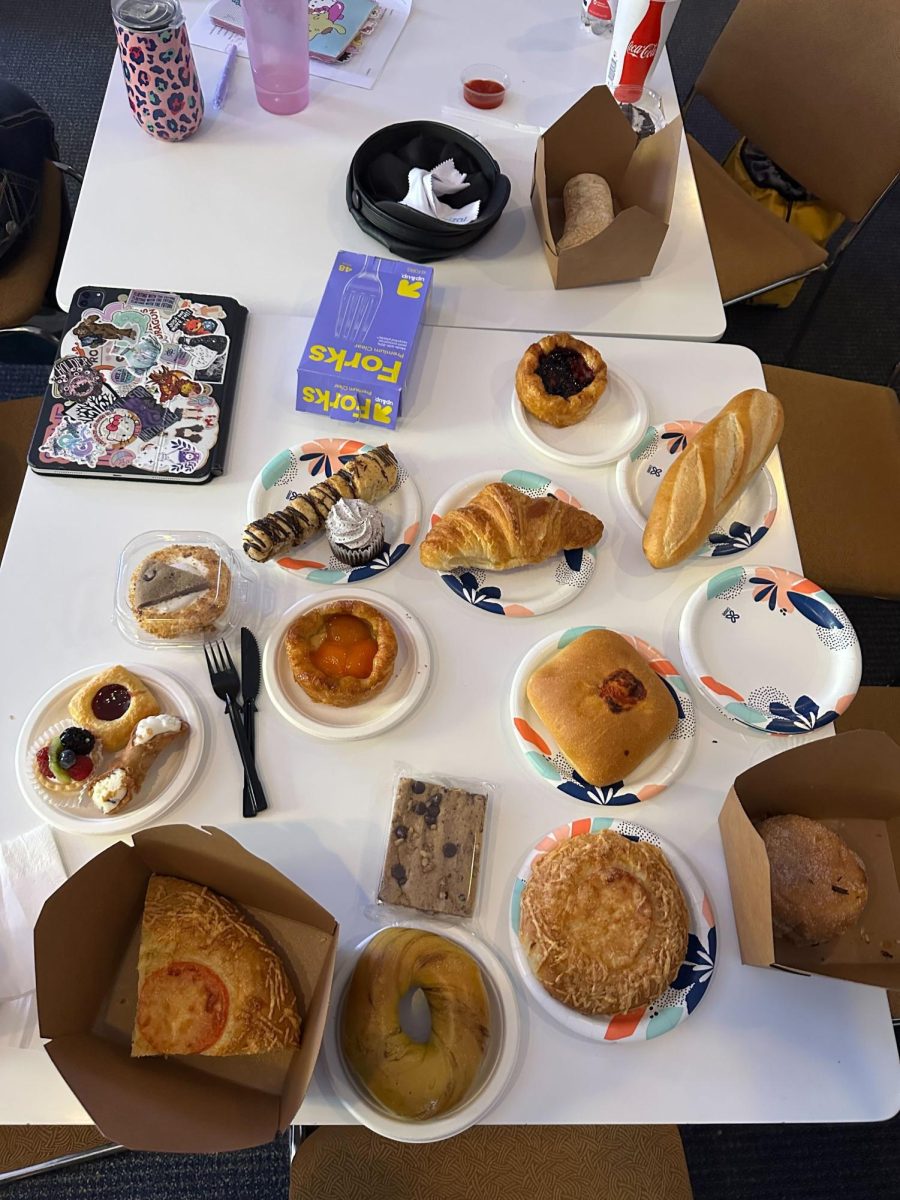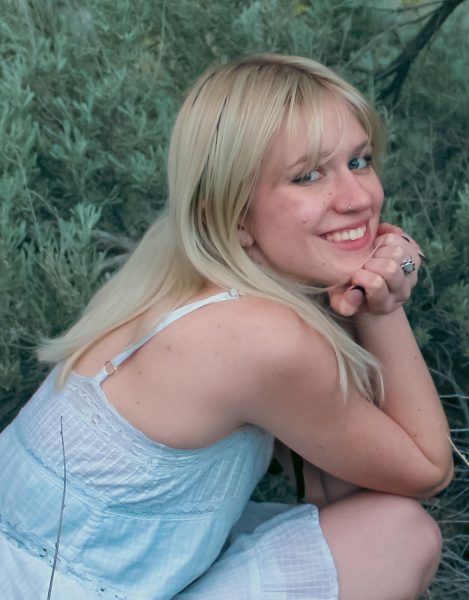A massive crowd gathers in front of the Jacob K. Javits Federal Building. It is March 10th, one day after student activist Mahmoud Khalil was unlawfully detained by ICE. In defense of his rights to free speech, thousands gather, representing every race, ethnicity, gender identity, and beyond. Diversity runs rampant throughout the crowd, but what makes this stand apart from other protests is not an affiliation to an identity, but a cause. The uniting factor between this diverse body is what appears to be a simple scarf.
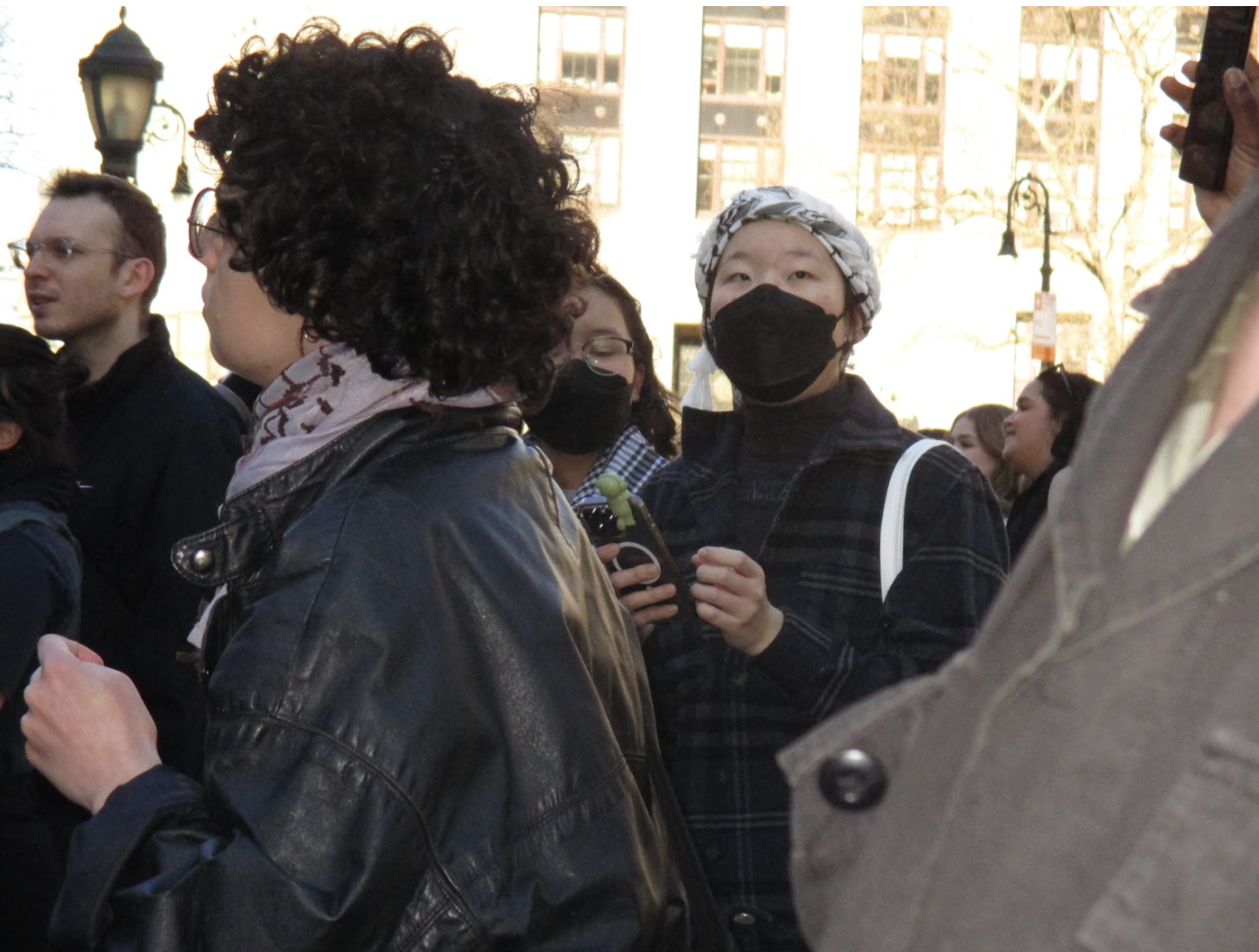
Khalil has been a vocal supporter of Palestine, aiding in talks with Columbia University’s administration and giving speeches on campus. He did not participate in student encampments, but stood as a negotiator and advocate for peaceful protest. Khalil, a US citizen by green card, was not provided information on what crime he was being arrested for. In the time since, little has been said in terms of what laws he violated. Over three protests have filled the streets of NYC since his arrest, each crowd cluttered with the symbolic garment that has become so familiar since the events of Oct. 7.’
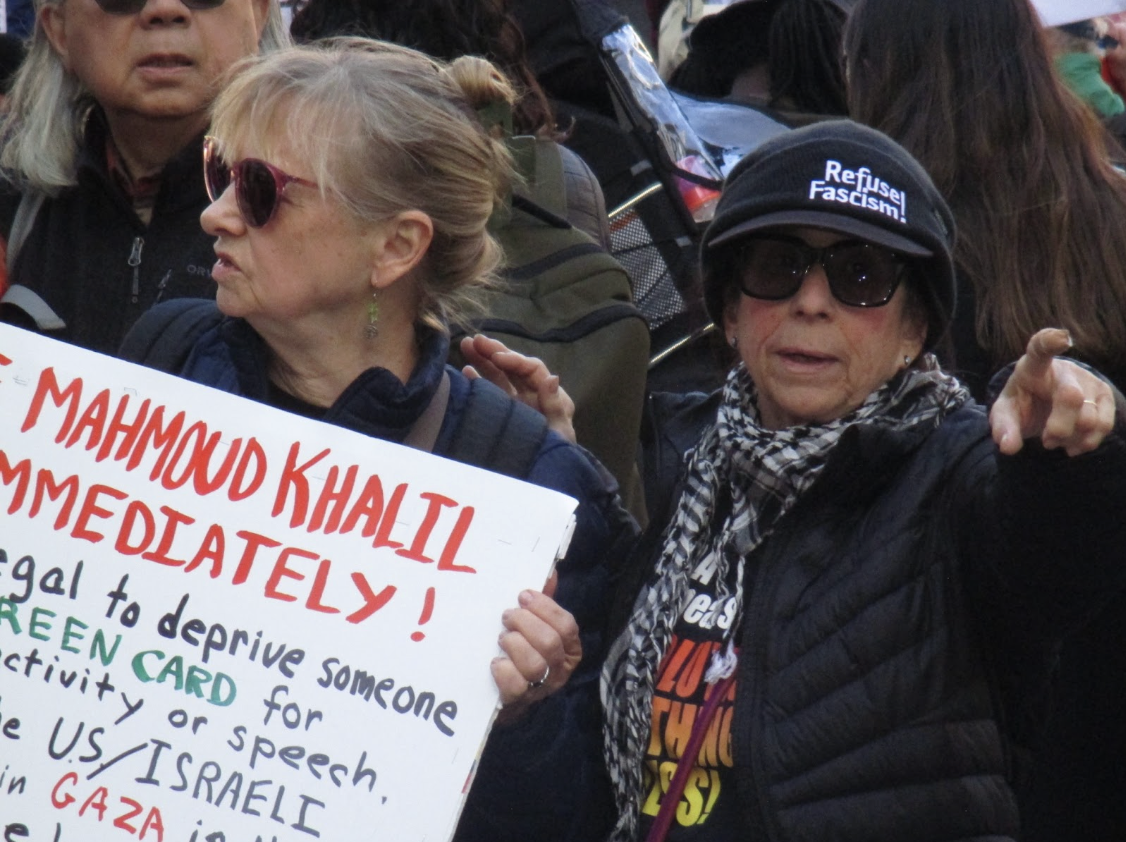
The keffiyeh is a scarf originating in nomadic Palestine. It began as a signifier of being a nomad to villagers. However, its shape began shifting into a symbol of Palestinian resistance in the 60s. Palestine faced a major influx of jewish immigrants at the end of WWII and as immigrants began settling, tensions arose between the two different ethnic groups both claiming heritage to the land. In an attempt to curb further problems, the UN proposed a two state solution, but by 1948, Israel declared itself sovereign.
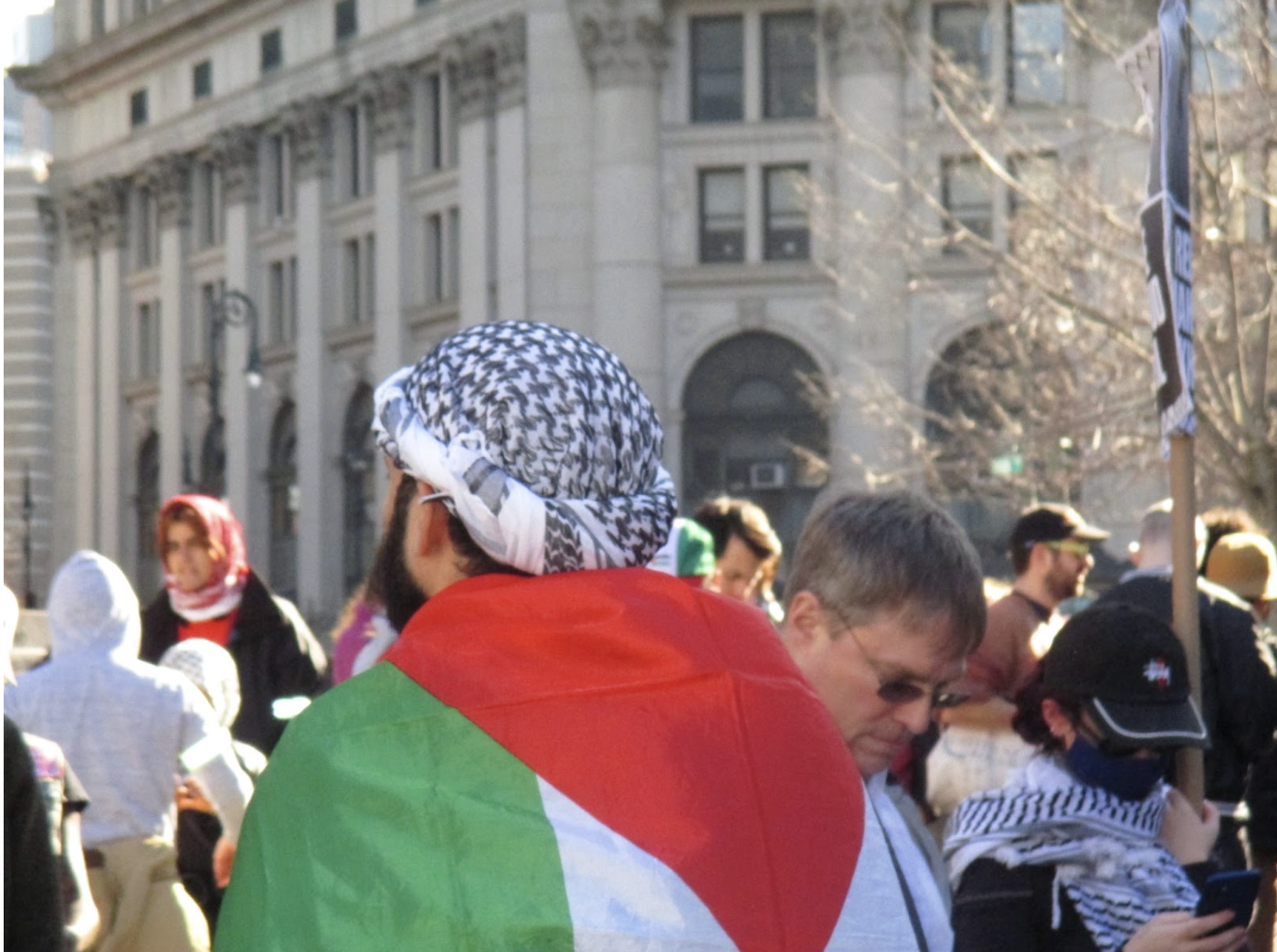
In the decades since, the areas of Gaza —the remaining land of Palestine—and Israel, have seen non-stop political turmoil, countless missile attacks, unwarranted arrests and underground tunnels. This all came to a breaking point with the October 7th, 2023 attack that erupted global movements in support and against Israel. The attack, conducted by the terrorist organization Hamas, resulted in the death of over 1,000 Israel citizens and the capture of 200 hostages. In retaliation, Israel launched its largest assault on Gaza in its history. Since the war began over 45,000 Palestinians have been killed. The high stakes of this war on innocent civilians has led to an international revival in the Free Palestine movement, which began in the 70s in protest of the Israeli occupation. Now, its primary focus is on ending the assault on Gaza.
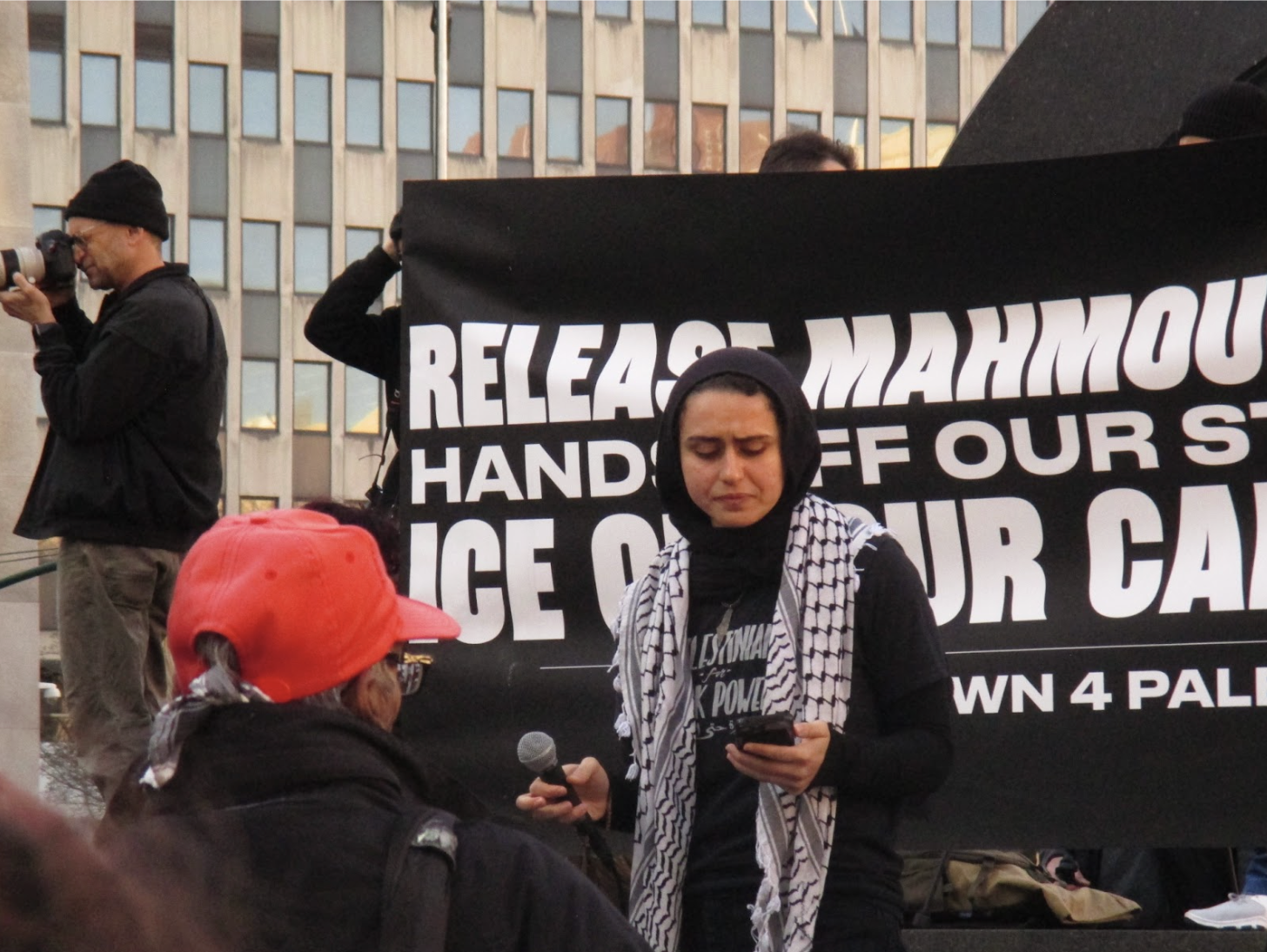
While tensions developed over the past half a century, the keffiyeh simultaneously grew in popularity, spreading across nations in solidarity with Palestine. It is no surprise a nationalism based movement would embrace an item with such deep rooted historical symbolism. Most political movements have some kind of symbol that “represents” their cause.
“Symbols facilitate understanding of the world by rendering complexity in ways much more easily understandable by reducing that complexity to simplified images,” wrote Dr. Graeme Gill in his research paper Symbolism & Politics.
In politics, symbols come to create a common understanding of a political stance and in essence, send a message. The keffiyeh goes beyond an “I Voted Sticker,” it has come to be understood clearly as a sign of alliance with the palestinian cause. Dr. Gill highlighted however that “in any political conflict, it is important for the different sides to try to secure the dominance of their particular mode of symbolic discourse.”
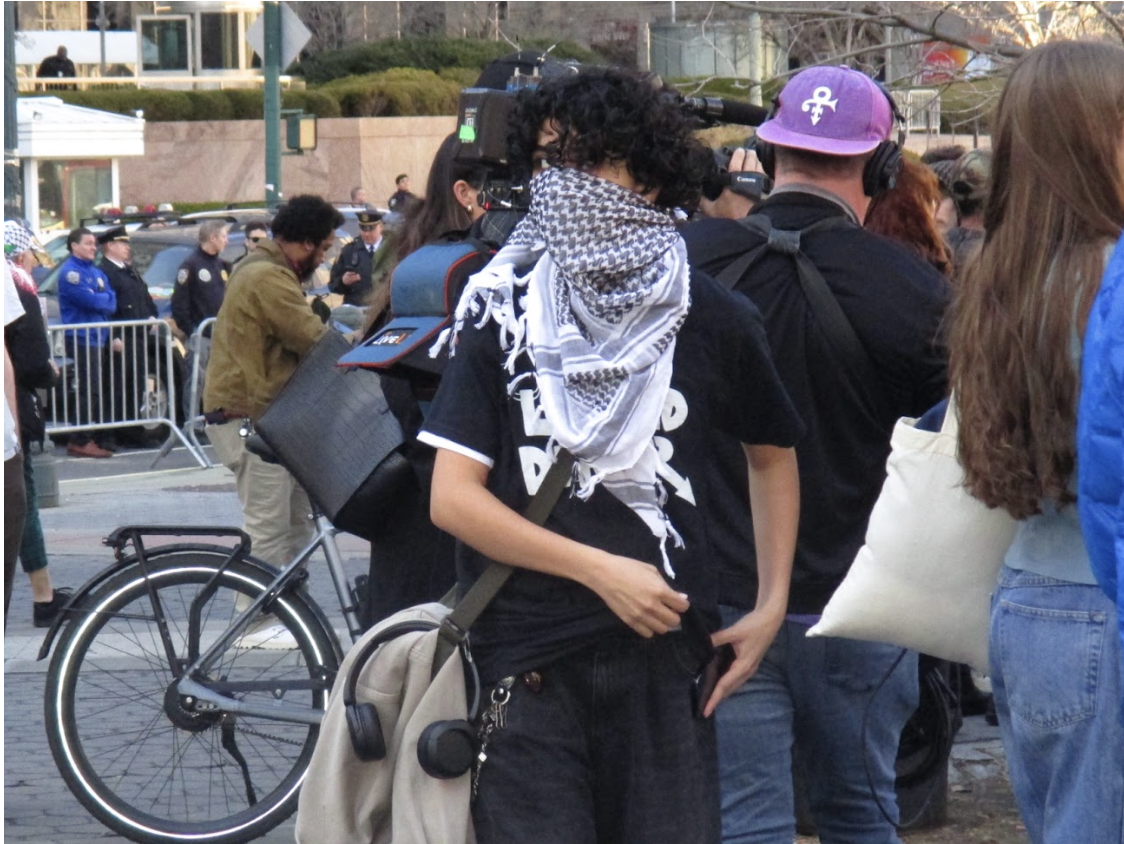
The interpretation of the keffiyeh since October 7th has been seen in many ways; while Palestinians and allies see it as a symbol of defiance to oppression, Zionists see it as a symbol of anti-semitism.
No matter one’s political stance, the symbolism of the keffiyeh is undeniable. It has united people beyond race, ethnicity, gender, and religion and represents a united front in the movement. Every movement has a symbol, for the #METOO movement, the pink pussy hats rose in popularity and showed unity. The hat gave strength to women, it provided the opportunity to say “you are not alone in your experience of womanhood.” What makes the movement for Palestine different is that those who wear the keffiyeh may have nothing else in common. They stand with the scarf as a symbol of sympathy for those struggling in Gaza and a plea for the safety of others.
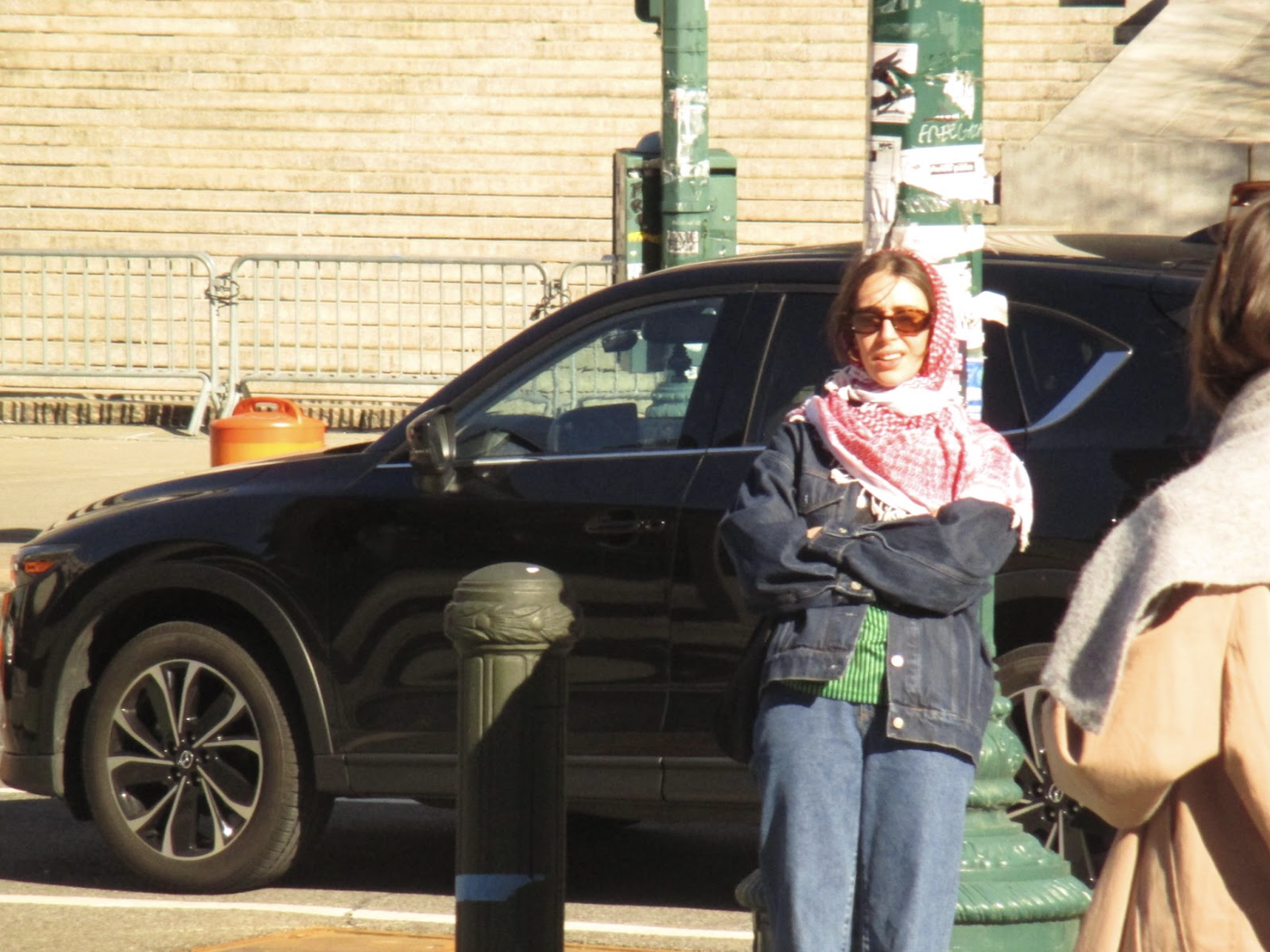
Palestinian liberation leader Sarah, who asked to use just her first name because of Columbia University’s recent targeting of Palestine supporters by Trump admin demands, reflected on the keffiyeh and what it means to the Palestinian Liberation movement. “It’s a symbol of our culture, our history, and the Palestinian resistance struggle. Everyone sees it and they see Palestine.”
When it comes to allies wearing keffiyehs Sarah said, “If they are down with the Palestinian struggle, then that’s great.”
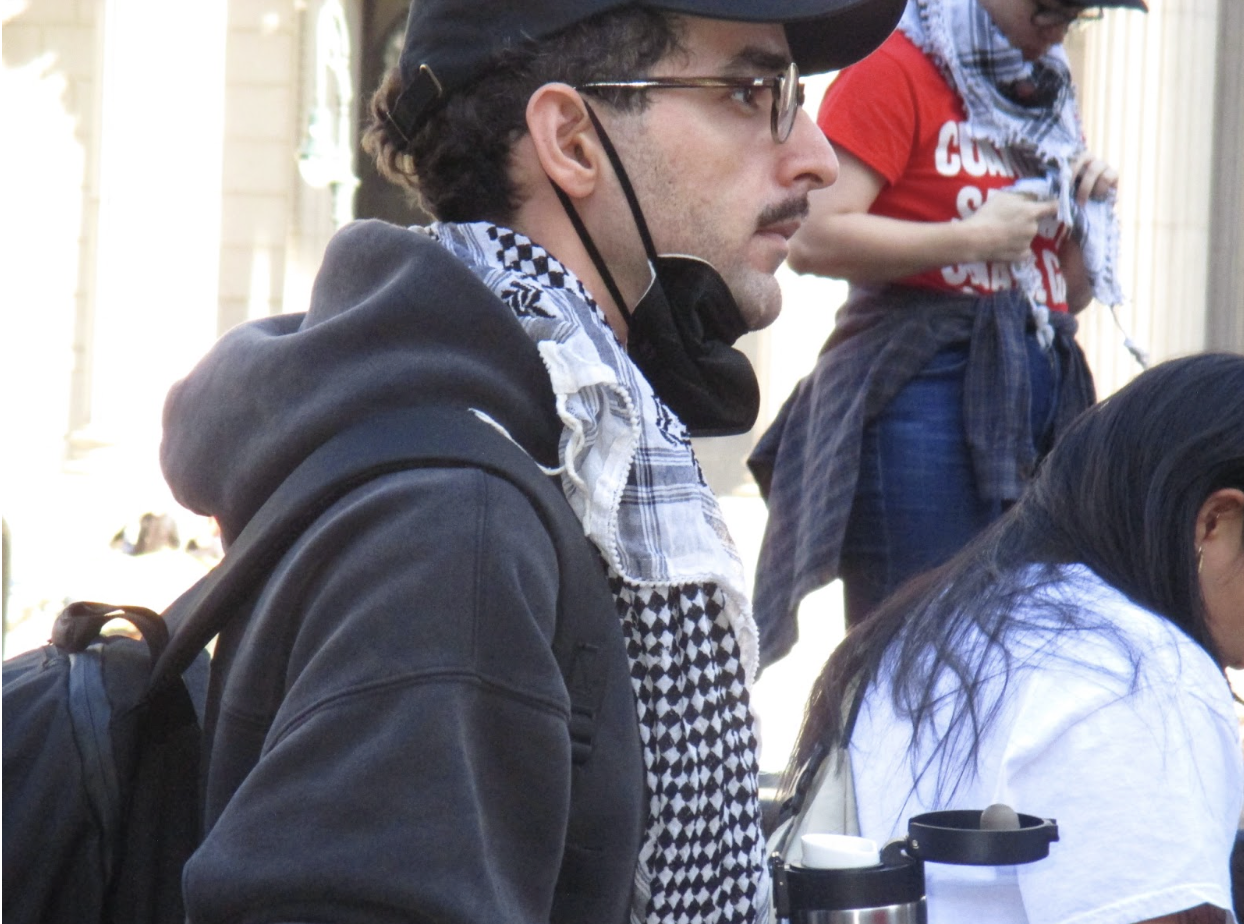
With conversations about cultural appropriation running rampant through society, many non-Arab allies claimed to be hesitant to put on the keffiyeh. “I didn’t know if it was okay for me to do at first,” one white keffiyeh wearer stated. However, with Palestinian organizers such as Sarah highlighting that wearing the keffiyeh brings power to the culture, more allies have grown comfortable wearing it.
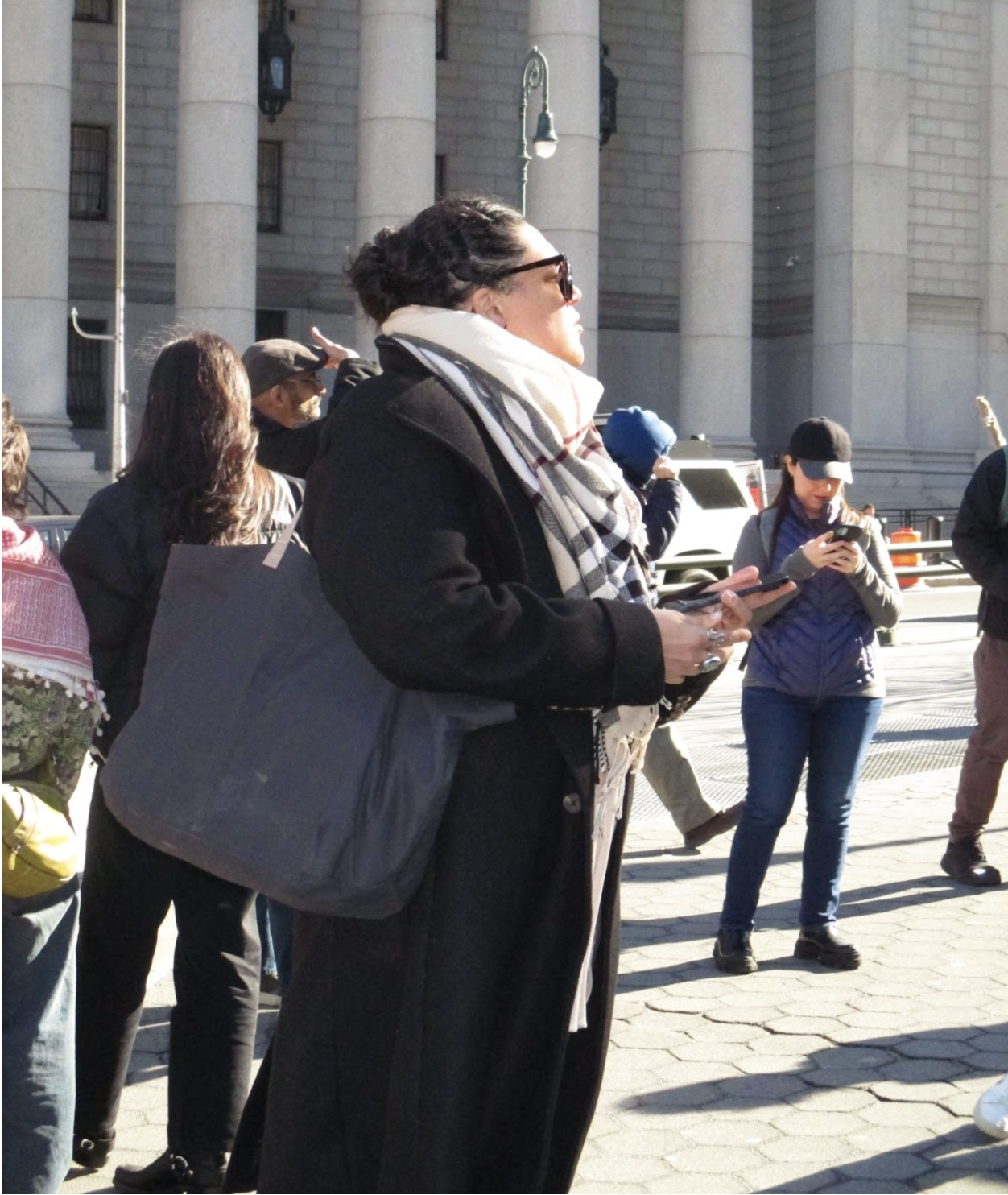
The keffiyeh is an item that transcends both fashion and politics; it is a symbol of the century-long struggle of the Palestinian people. Since October 7th 2023, the struggle for palestinian life and restoration has gained traction amongst non-palestinians. Those who support palestinian liberation often believe it is not an issue of sides, but of human rights.
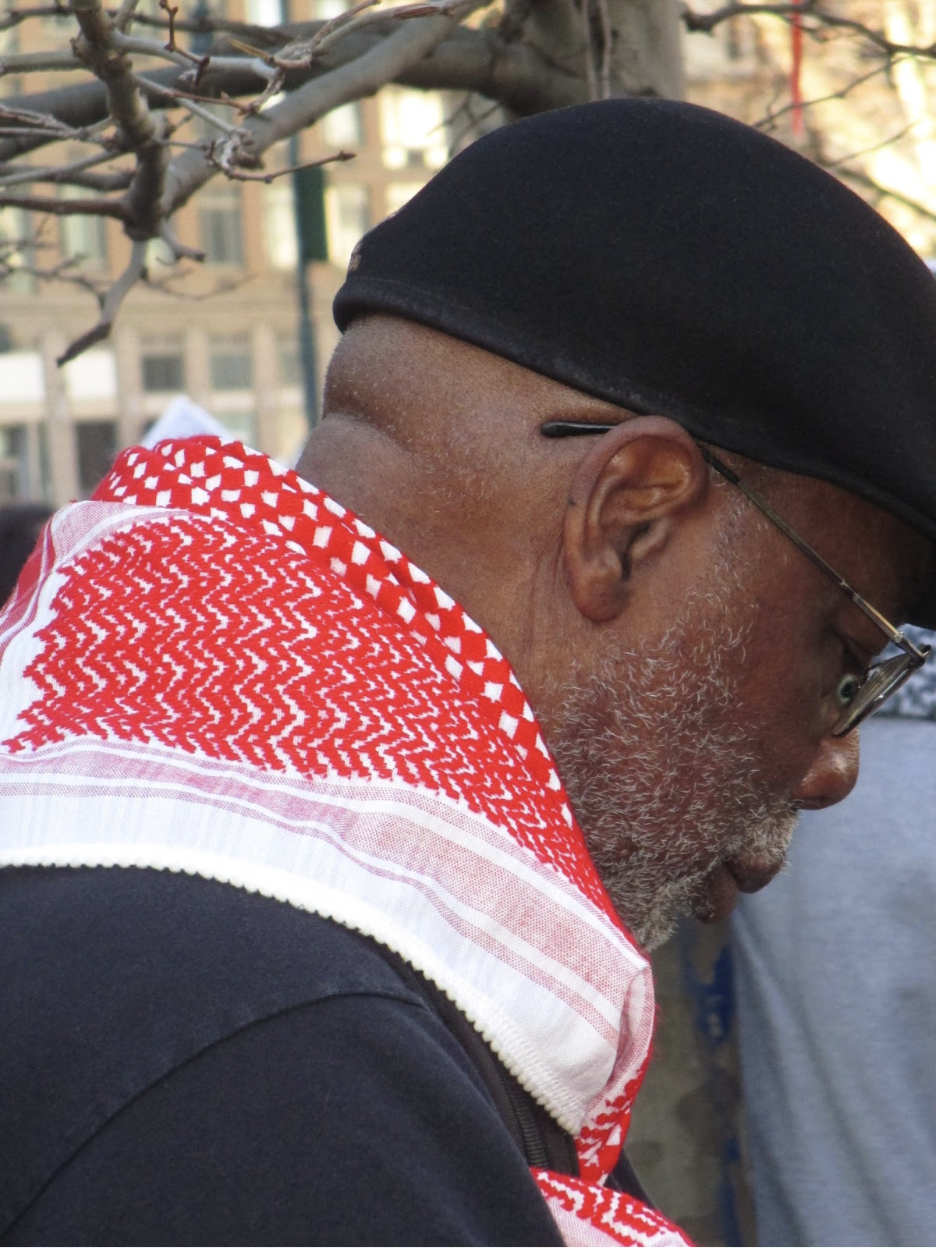
The keffiyeh has been able to bring those from the outside inward, and unite people under a human struggle. Right before the marching for Mahmoud Khalil began, a palestinian leader led a chant. Standing above the crowd with a blaring, swiftly assembled PA system beside her and a keffiyeh hanging from her neck, she began. As her words looped and the crowd joined in, the noise of New York City seemed to fade away and all that could be heard was “In our millions, in our billions, WE ARE ALL PALESTINIANS.”

